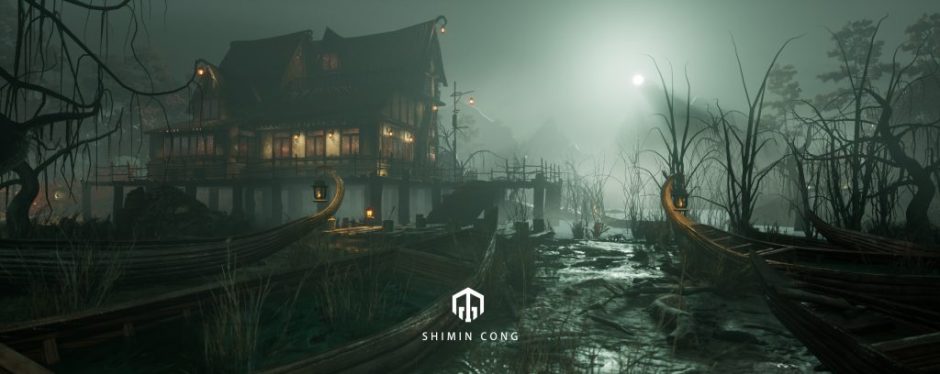Body mechanics
This week we started to accept the animation knowledge of body machine, and its learning form is of course our favorite-watch videos. I also researched the definition and how to use it.
For example, our legs are the largest muscles in our body. But we know that it is difficult to change direction quickly. When the speed changes greatly, the body needs to be coordinated, the structure is properly aligned and the movement is synchronized. If this alignment or synchronization is not available, then we will fall (like a gymnast wobbly at the end of a difficult move).
In fact, after hundreds of millions of years of evolution, the motion mechanism of the living body is constantly changing. To fully understand and create a good character animation, we must carry out a more in-depth study of the movement of living and non-living bodies. Fundamentally speaking, character animation is essentially recreating real movements, whether it is 2D animation or 3D. Of course, a large part of this is to exaggerate actions in real life to increase appeal and create more entertaining viewing content. Although exercise may be greatly exaggerated, this does not mean that weight and basic body mechanics can be ignored. In a sense, we will still study the basics of animation-12 Animation Principle.
Principle of body mechanics
- Anticipation
- Overlap
- Squash and stretch
- Timing and weight
- Staging
- Ease in and ease out
- Exaggeration
- Appeal
- Secondary action
